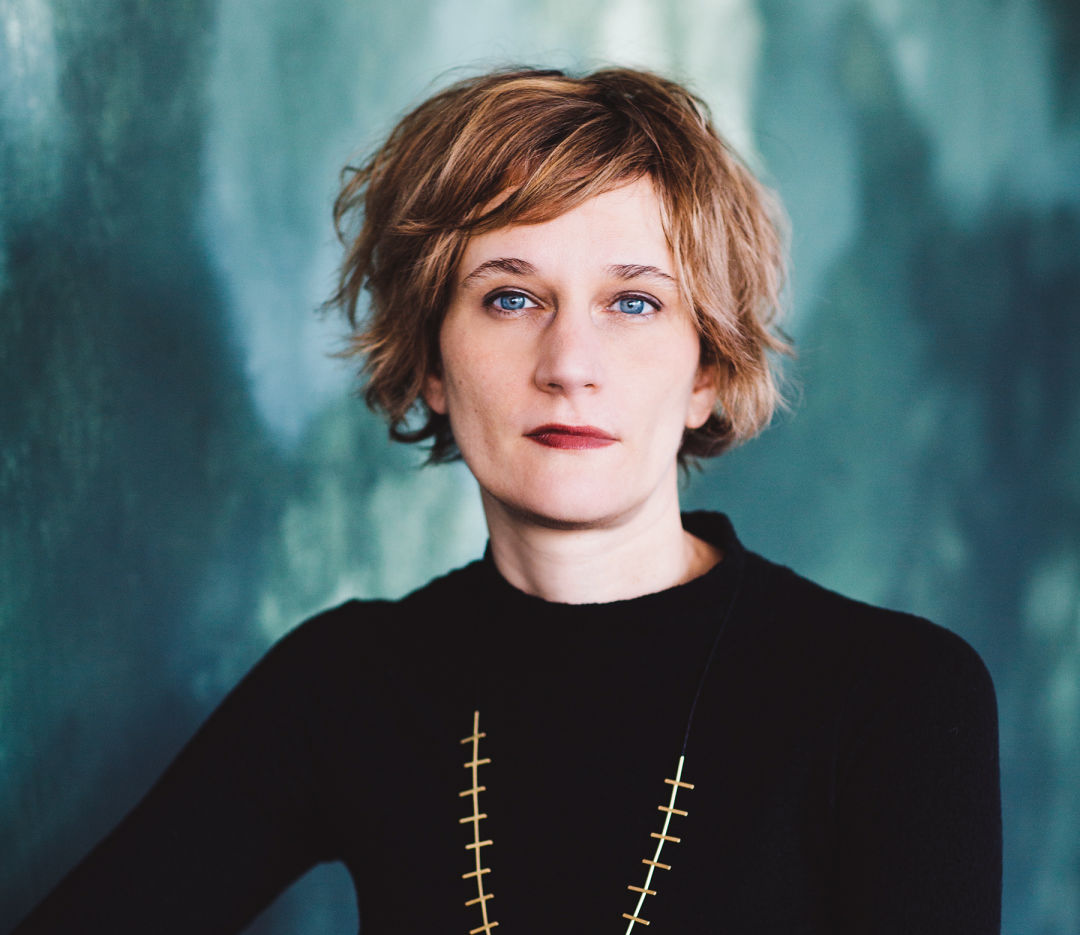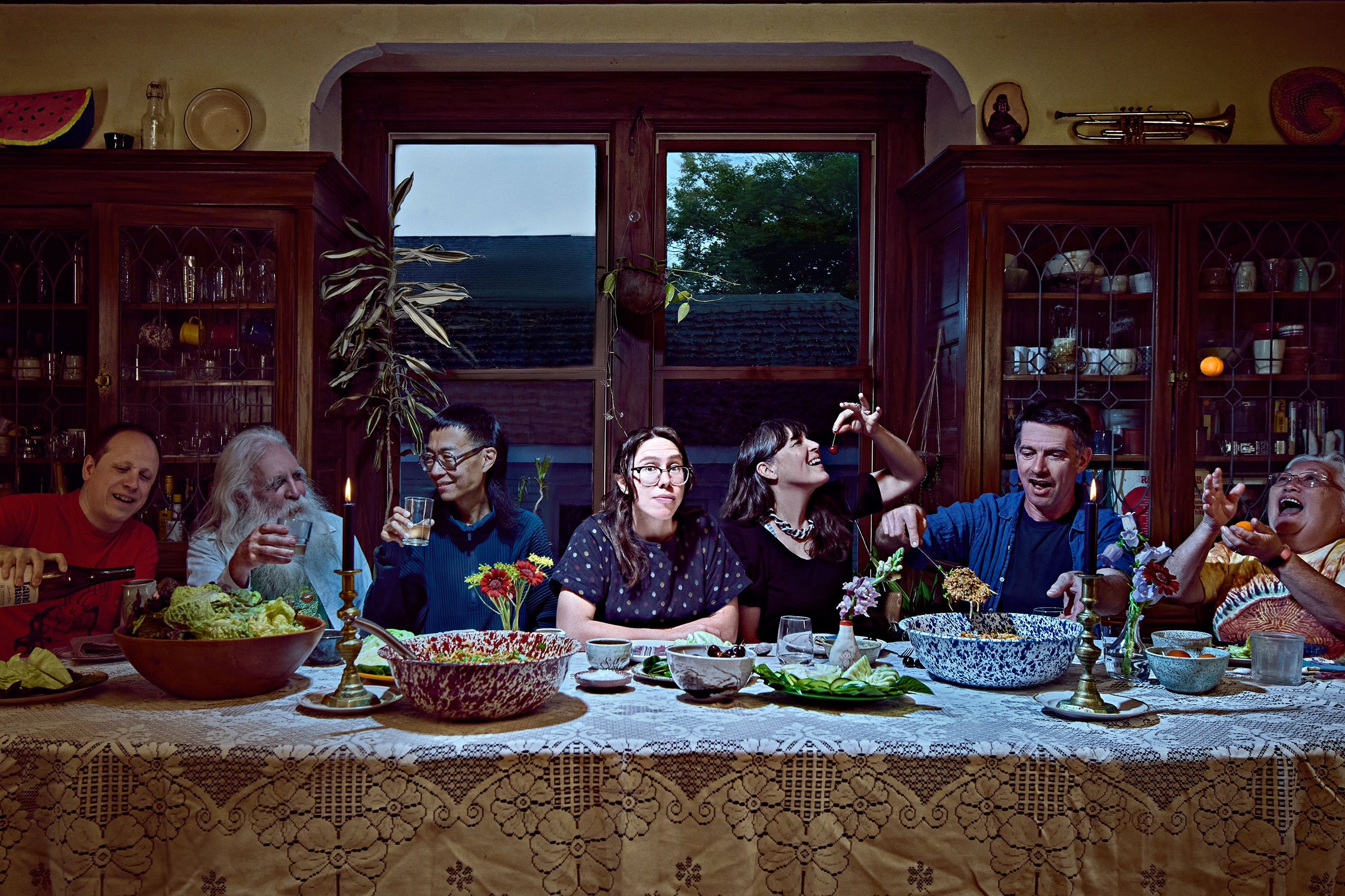How Portlander Camas Davis Turned from Journalism to Butchery

Camas Davis
Image: Courtesy Cheryl Juetten
For roughly two months in 2009, Camas Davis, once an editor at this very magazine, geared up daily in rubber boots, a hairnet, and an oversize white butcher’s coat. Her mission: to learn how to split swine inside a 45-degree cutting room at a small-scale slaughterhouse in Gascony, in southwestern France. The first time she chopped a pig’s head with a cleaver and held the brain in her hand, for example, proved a revelation.
“I felt kinship,” she says. “Reverence. Wonderment. Trepidation. And melancholy.”
In her new memoir, Killing It: An Education, out this month from Penguin, Davis describes this life-altering moment as part of a long, bloody transition from the “heady meta world of writing magazine stories to sawing through bones.”
As a food reviewer in Portland pre-New York Times hype, Davis had been troubled by how even the city’s best farm-to-table joints couldn’t identify the origins of the meat on her plate.
“Whenever I wrote about meat, I could only get so far in my reporting if I started asking too many questions about where it came from,” she says. After her stint at Portland Monthly (from 2006 to 2009) and the end of a 10-year relationship, Davis used the last sliver of silver left to her name—a forgotten credit card—and hopped on a flight to France. She eventually found herself on the farm of the Chapolards—a three-generation family of seed-to-sausage pig farmers and butchers—who had agreed to teach her whole-animal butchery.
“I went to France to confront a reality I had, for most of my life, chosen not to,” Davis explains in the book, adding later: “If anyone asked me where the ham on my plate came from, I wanted to be able to tell them, from beginning to end, how it had gotten there.”
Throughout her life, Davis had a complicated relationship with meat. She spent her childhood hunting with her father, but was a vegetarian as a teenager. When the Chapolards taught her the steps to turn a 700-pound sow into charcuterie and the essential ingredients for a cassoulet, Davis finally gained a sense of “ownership” in the meat-making process. “Maybe not the kind of total ownership the Chapolards had achieved,” she writes in Killing It. “But certainly a reclamation of knowledge and skill taken away from us once industrialization took over our food system.”
Today, Davis teaches students how to transform a live animal into a tasty cut of meat at the cooking school she founded, the Portland Meat Collective. For serious DIY chefs and aspiring butchers, Davis’s classes might be a more realistic option than dropping everything and going to France.
“When you learn how to butcher the whole animal, you really start to think,” she says. “We need to be willing to pay more for meat, we need to eat better meat, and a lot less of it.”




